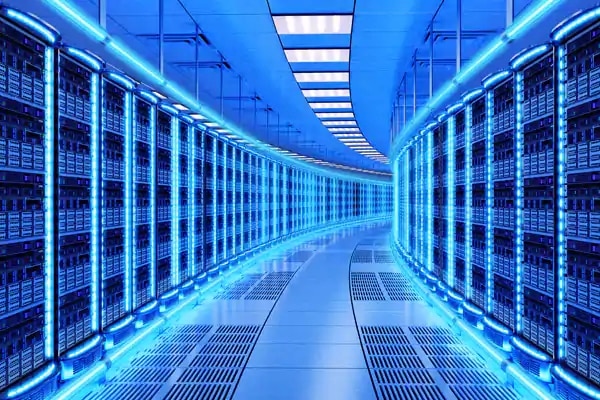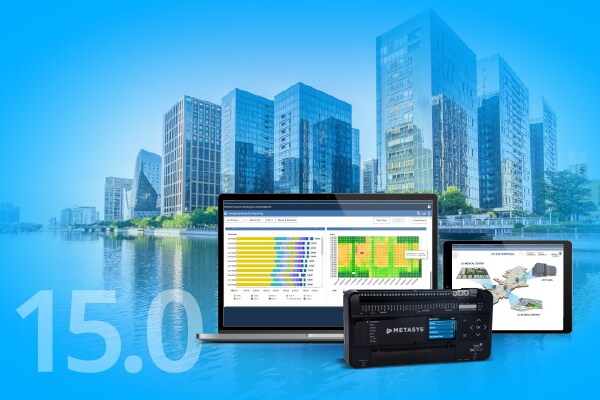
- Johnson Controls
- Industries
- Power and Utilities
Power and Utilities
Power and Utilities Sector
Our expertise ranges from power plants (of various types such as Hydro/Gas/Solar), substations/grid stations, packaged transformer units, desalination and sewage treatment plants, district cooling plants, and water pumping stations around the world.
We are leaders in the Power and Utilities Sector because of our depth of expertise in creating reliable and sophisticated Solutions for Fire Detection, Fire Protection, Fire Suppression and and Fire Fighting products and technologies. Our worldwide customers rely on our experience to develop and deploy solutions in tandem with our many global partners. We use the latest technology developments to set the bar higher with systems that are more configurable, more scalable, and more automated to help you protect your people and your assets. Issues such as security, cost control, infrastructure optimization, reliability, simple maintenance, and coordination with all partners are all high-priority matters for operators.
Comprehensive Protection Where It’s Needed Most
In a Power and Utilities workplace, detection of fire in early stages are of prime importance. A single fire incident can put lives and property at risk, disrupting operations and directly affecting revenue and profitability. No matter the size or complexity, we assure a comprehensive, integrated and tailored fire detection solution that helps safeguard facilities.
Our vast experience in Power and Utilities sector spans from small- to large-scale facilities, and we offer a complete fire detection solution portfolio. Johnson Controls can tailor a solution to protect a single facility or an extended campus.
Fire Alarm
An effective fire safety strategy is a fundamental part of any business plan and part of that strategy will cover a fire detection and alarm system. Early reliable detection of all fire types is critical to secure the survival of your staff, visitors, building and business in a fire situation.
Solutions That Improve Efficiency, Reliability, and Safety
We at Johnson Controls believe that our products are used in some of the world’s most demanding markets such as Power and Utilities sector. Beyond being a product solutions provider, we aim to be a partner for the lifecycle of any building by offering service solutions to facilitate project. Our systems, services and solutions are engineered with confidence to put people to work faster while increasing job safety, ensuring reliability and maximizing efficiency.
-
Sprinklers Nozzles and Valves
Sprinklers and Nozzles are available in a wide variety of finishes, temperature ratings and styles. Stainless steel or specially coated sprinklers may also be used for corrosive environments. We also provide Valves of different sizes and ratings. - Water Spray
Deluge Water Spray systems utilize open nozzles or open sprinklers, with system piping open to atmosphere and water under pressure held below the clapper of the valve. Deluge systems require a detection and release system. When activated by a detector, the valve opens, allowing water to flow into the system pipe and through all nozzles or open sprinklers. - Pre-Action
Pre-action fire sprinkler systems employ the basic concept of a dry pipe system in that water is not normally contained within the pipes. The difference, however, is that water is held from piping by an electrically operated valve, known as a pre-action valve. Valve operation is controlled by independent flame, heat, or smoke detection. - Water Mist
The AquaMist product range includes globally approved water mist solutions backed by over 100 years of expertise in fire protection. AquaMist offers a broad range of systems to offer the most suitable fire suppression solution for you to help protect people and property against a wide variety of fire risks. The fine water mist generated is designed to extinguish fires, or limit fire growth at an early stage, depending on the asset to be protected.

Fire Protection Solutions
Johnson Controls Fire Systems has been a global leader in protecting people, property, and processes from fire hazards in Power and Utilities sector for Switchgear Rooms, Cable Basements and more. Our fire protection solutions include conventional and intelligent detection and control systems which complement a complete line of fire suppression systems.
Power stations and power generation facilities incorporate a wide range of critical and ancillary services and buildings to ensure continued operations and plant uptime. Away from the primary power circuit, boiler and turbine system; vital facilities such as sub-stations, cable voids, control rooms, data communications and backup systems must be effectively protected against fire risk. Selecting the right solution to protect this critical plant infrastructure is key.
- Inert Gases
INERGEN agent is composed of naturally-occurring gases found in the air we breathe. Unlike other inert gas agents, INERGEN agent includes a small percentage of carbon dioxide which enhances its ability to sustain life in a reduced oxygen atmosphere. INERGEN agent is nontoxic, does not produce corrosive decomposition products when exposed to fire and is designed to protect valuable or sensitive assets that could be damaged by conventional agents. - Clean Agent
The ANSUL FM-200 Clean Agent Fire Suppression System is approved by Factory Mutual (FM) and listed by Underwriters Laboratories (UL) for Class A, B and C fires. Safe for use in occupied areas at the design concentration, the system helps protect critical infrastructure and delivers effective asset protection. - Clean Agent-Novec 1230
Using water as a fire suppressant in areas where electronics operate are irreplaceable, high-value assets are stored, could be as devastating as fire itself. The SAPPHIRE Clean Agent System quickly suppresses fires and protects sensitive equipment without causing harm to people or the environment. - CO2
CO2 is the only gaseous agent where the design rules specifically provide guidance on the protection of deep seated hazards. Total flooding or local application systems are designed to meet the requirements of NFPA 12 or BS5306- 4 and are specifically designed using hydraulic flow calculation software. The system is VdS approved and components meet the requirements of EN12094 and Pressure Equipment Directive (PED).

Foam System for Fire Protection
Our commitment to the development of “best practice” foam system design ensures the most rapid, fire “knockdown” using the minimum amount of water. This in turn ensures that the amount of hazardous fire effluent is significantly reduced and that the subsequent cost of legislative firewater run off containment is also significantly reduced.
People responsible for the transporting, storing and the processing of flammable liquids have relied upon Johnson Controls' expertise to design, supply, install, commission, test, service and maintain all types of foam fire protection to safeguard both Hydrocarbon and Polar Solvent flammable liquid hazards in the Power and Utilities industries.
All our foams are specifically formulated to maximize performance and minimize environmental impact.
- Bladders
Bladder Tanks are a component of a balanced pressure proportioning system that include a pressure-rated tank with an internal elastomeric bladder for foam concentrate storage. Upon system actuation, incoming water applies pressure to the concentrate in the bladder, which supplies pressurized concentrate to the proportioning device. The device meters the foam concentrate into the fire water line, creating foam solution. The solution is then piped to the discharge devices protecting the hazard area. - Pumps
The Balanced Pressure Pump Proportioning System functions by maintaining an equal pressure in the foam concentrate and water inlets to the Proportioner, allowing the Proportioner to be used over a wide range of flows and pressures. The system connects to an atmospheric storage tank which allows refilling during operation. Controls respond quickly and accurately to changes in the water inlet pressures and flow rates.

Complete Fire Solutions
With over 25 years of extensive experience as a specialist Fire and Security Solutions provider, we offer global solutions, with our tailor made packages to ensure that complete fire and security protection is provided to the most demanding projects in the challenging environments.
We have heavily invested in developing all aspects of our business operations to ensure we are able to maintain our position as a leading Fire, Security and Telecommunications Solutions Provider in the region.
In order to accomplish the customer needs, at Johnson Controls, we have developed our facilities, to offer the Packaged Solutions in terms of skids, enclosures, Highly reliable Control Panels, where standard offering is not a solution.

Hydro Testing and Refilling Services
Refilling and hydro testing services where fire extinguishers and fire suppression system are used to protect the spaces.
Benefits of our specialized Hydro Testing and Refilling services:
Your circumstances are unique. Trying to define your safety needs from a service company can be challenging and very confusing. That’s where our service offers come in.
Our Hydro testing and Refilling services are effective with economized features that are tailored to ensure you receive expertise specifically required to Fix Extinguishers and Fire Suppression Cylinders, including Installation, Test, and Inspection Services.

Focusing Sectors
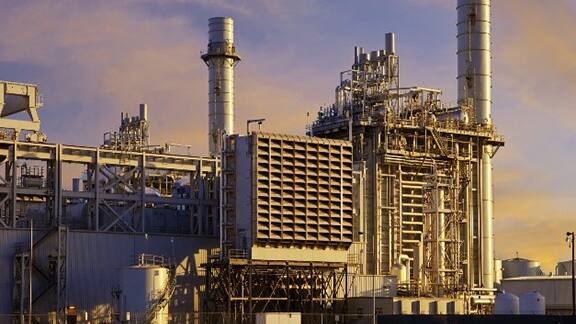
Power Plants (Hydro, Gas, Solar)
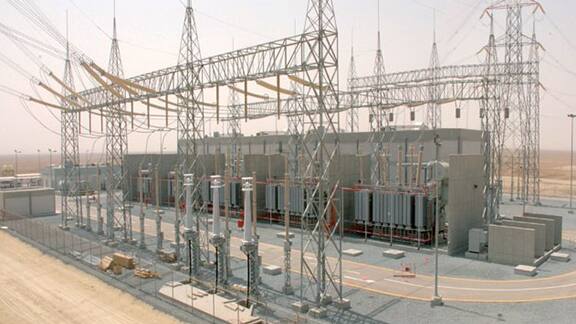
Substations or Grid Stations
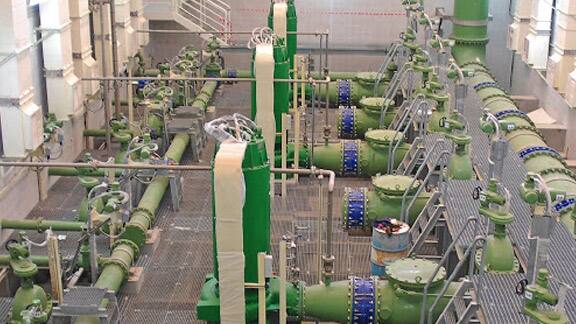
Sewage Treatment Plant
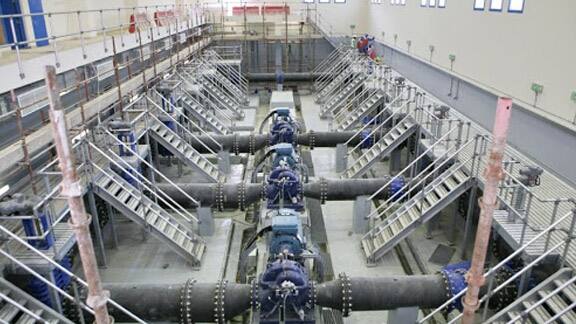
Water Pumping Stations
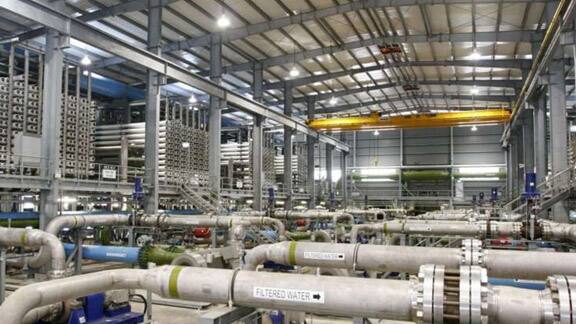
Desalination
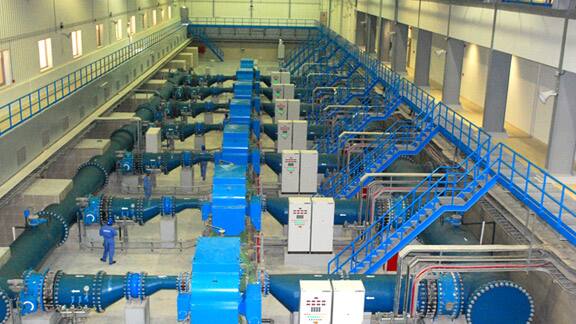
Water Treatment Plant
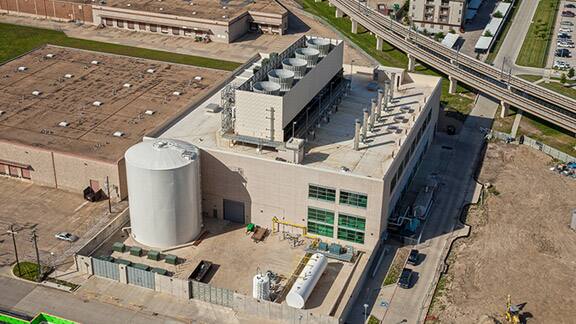

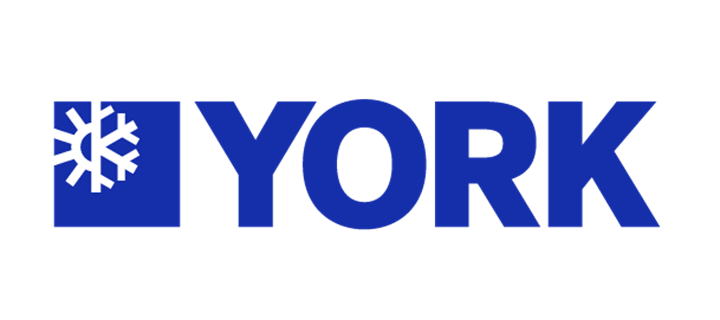

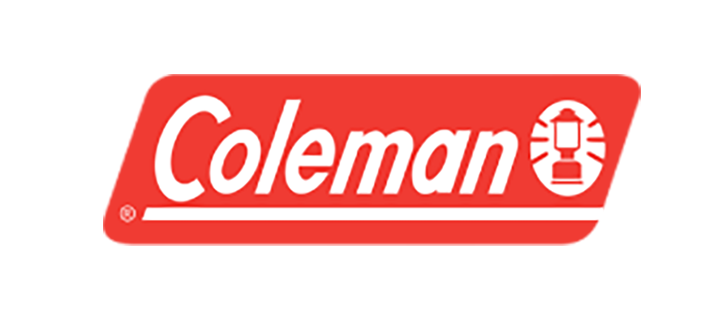

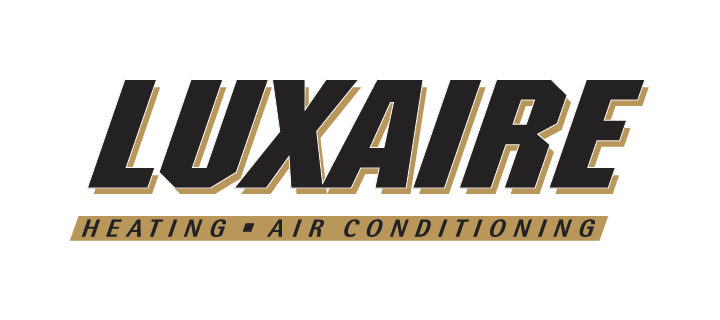
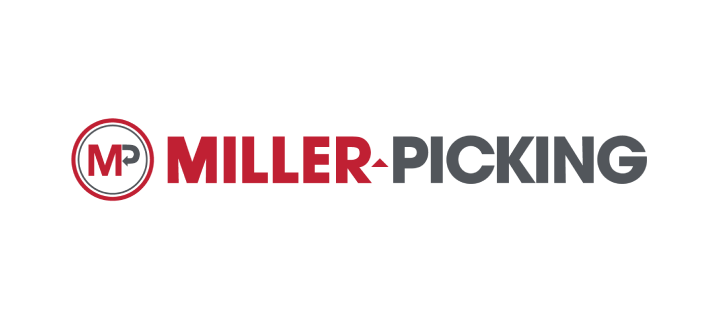

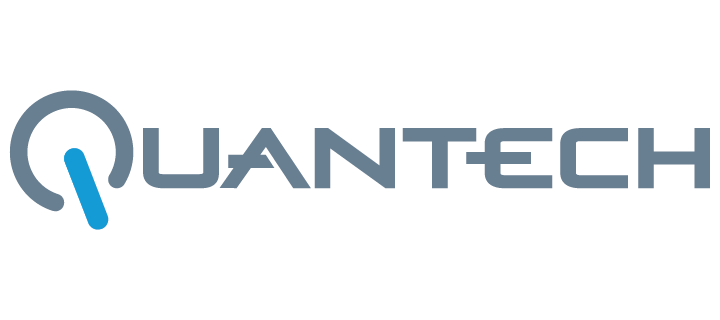
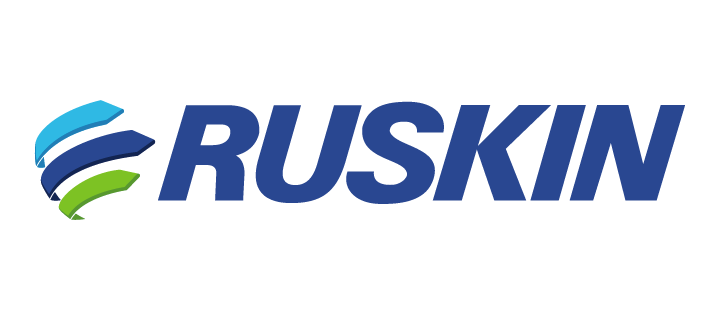
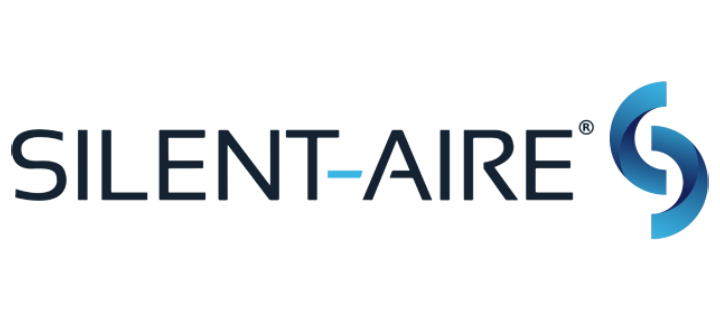
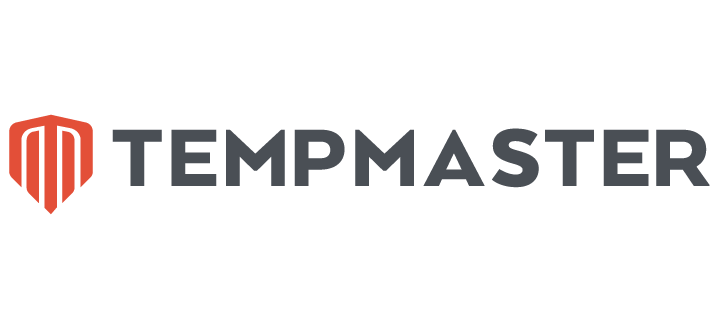

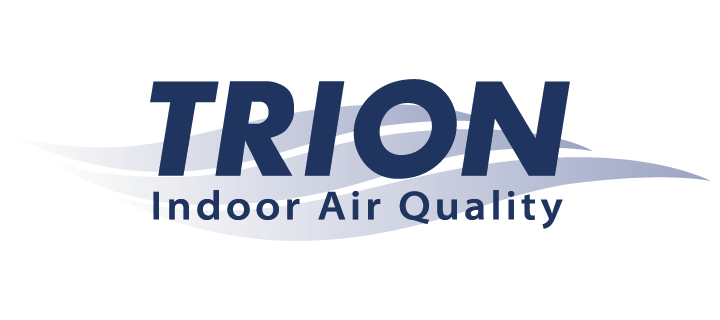
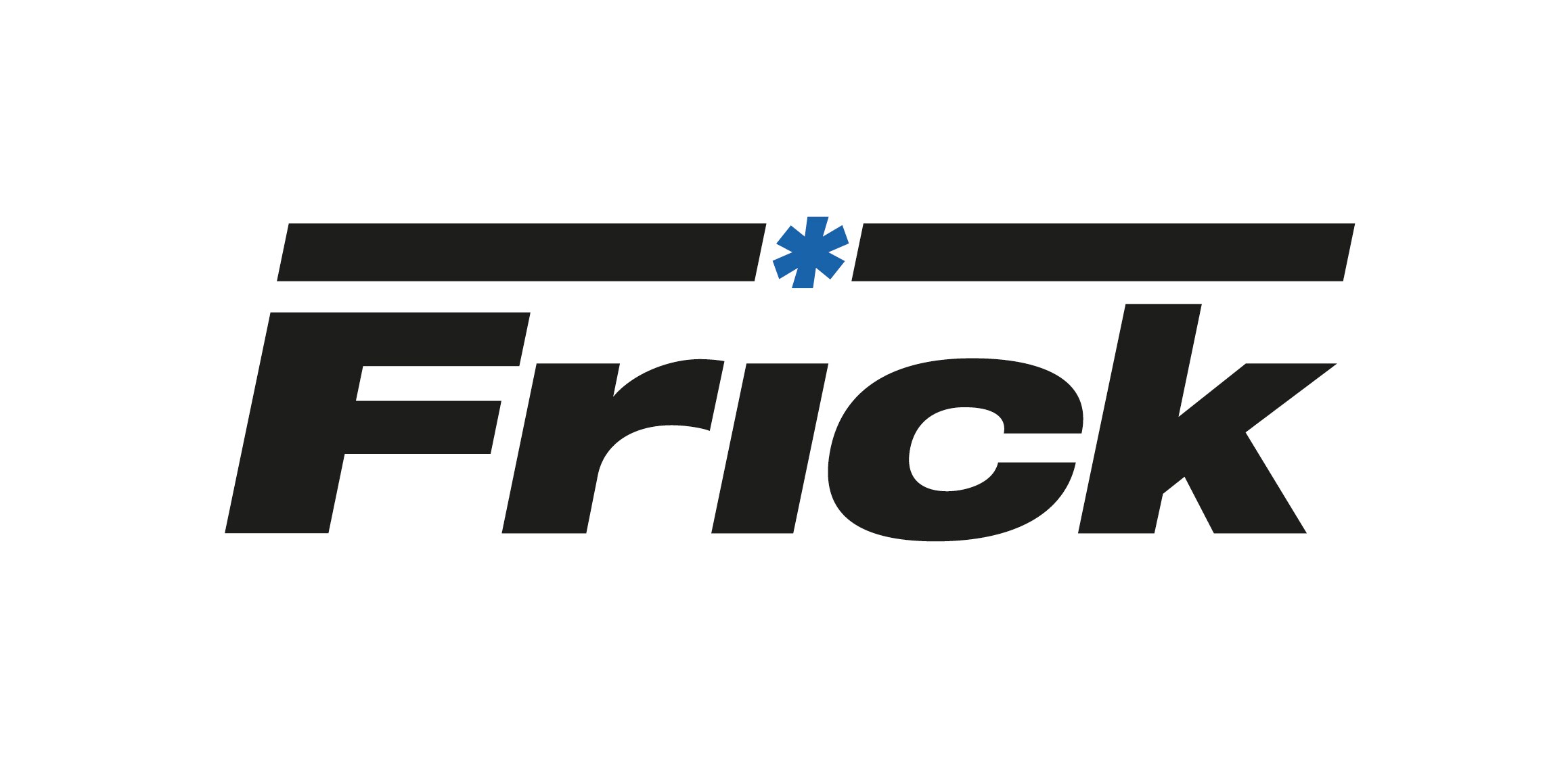
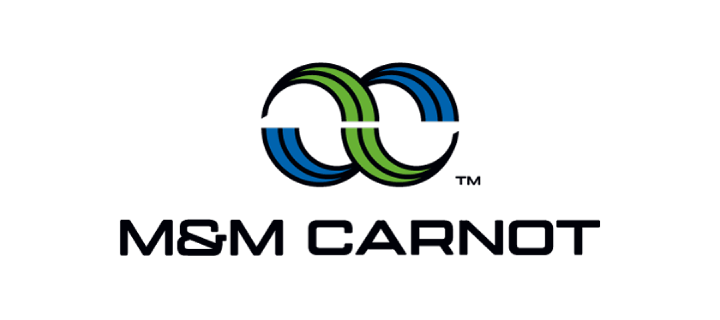
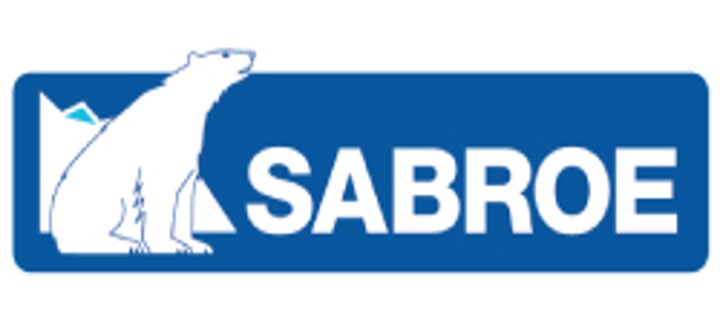
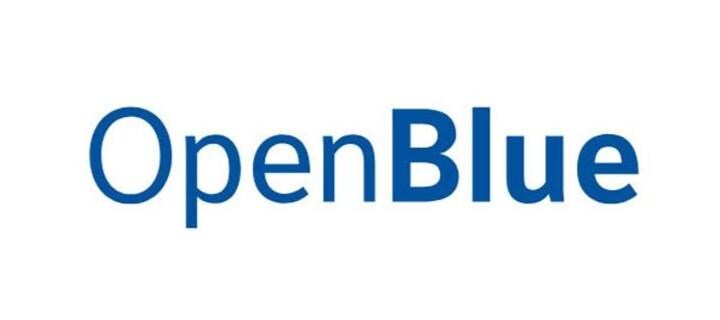
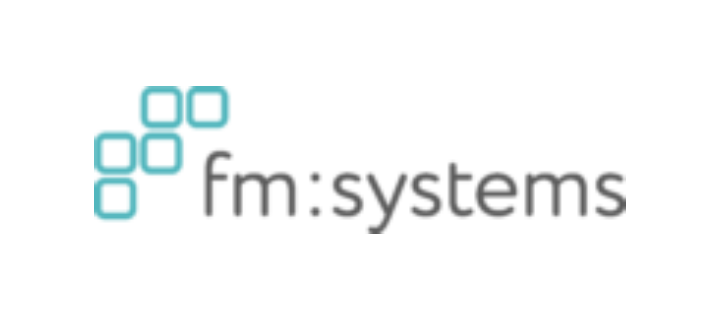


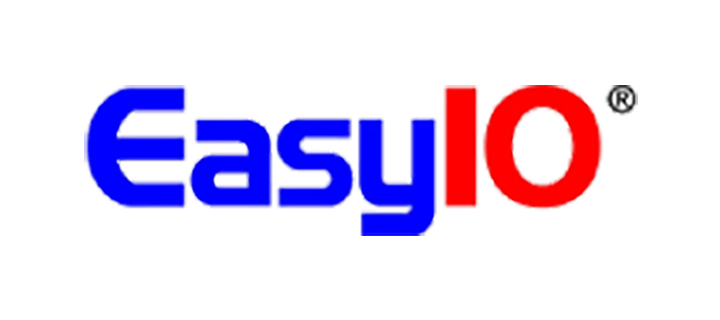
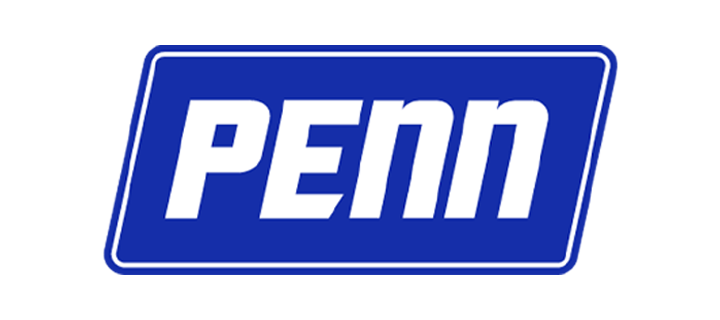

.jpg?la=en-ZW&h=320&w=720&hash=A40D709EBC2BC33ED5B5438DAE8A3F42)

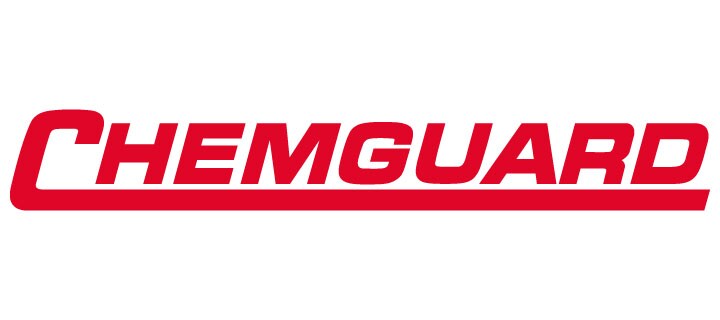
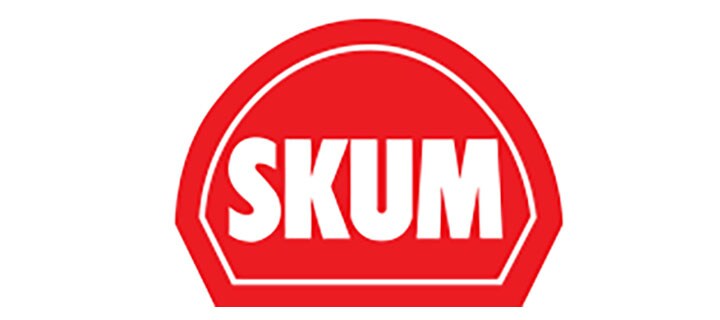
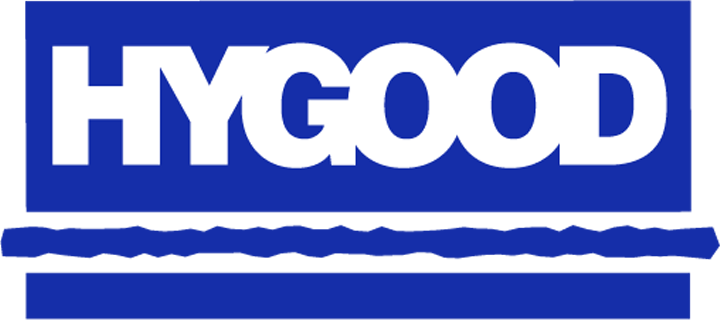
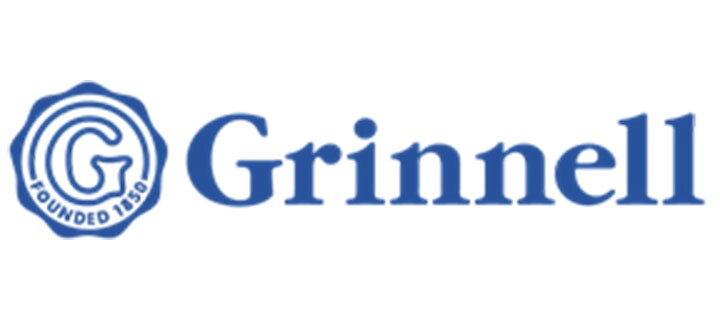
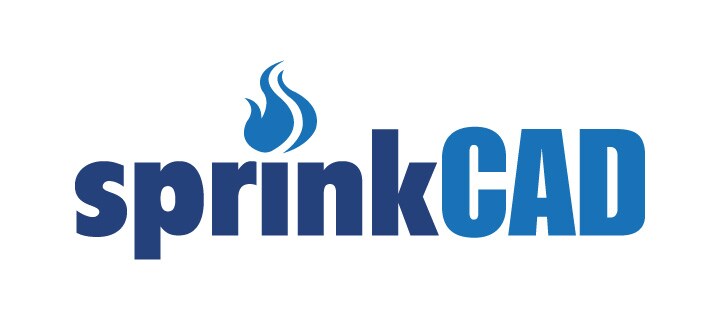
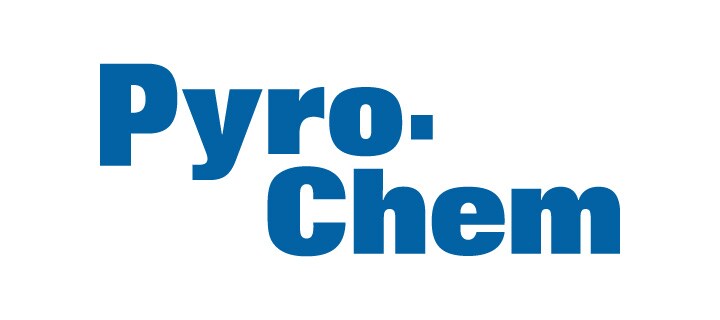
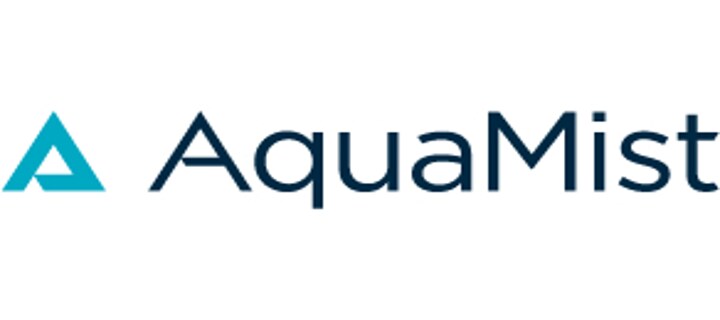


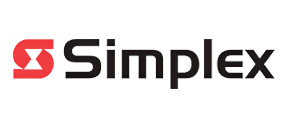
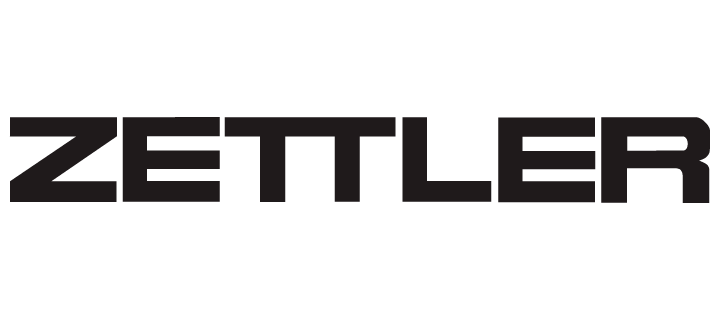

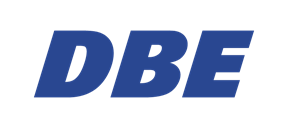
.jpg?la=en-ZW&h=310&w=720&hash=57A5D8DBDBB70BA989FE342E97FC7B8C)
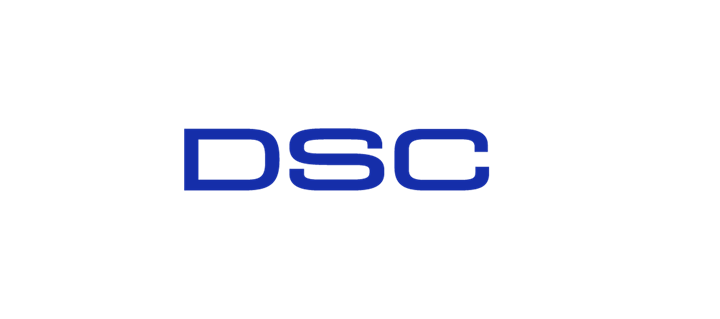
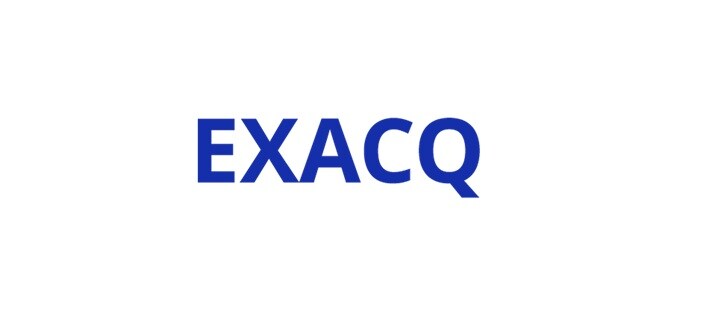
.jpg?la=en-ZW&h=320&w=719&hash=60BB26AE1EE6030C04BB4E0C1E94B0EC)
.jpg?la=en-ZW&h=306&w=720&hash=85191C5ECD82203B545F5B73E28C65C5)

.png?la=en-ZW&h=320&w=720&hash=7338885F69DE18696FE749CBAEF250C7)






